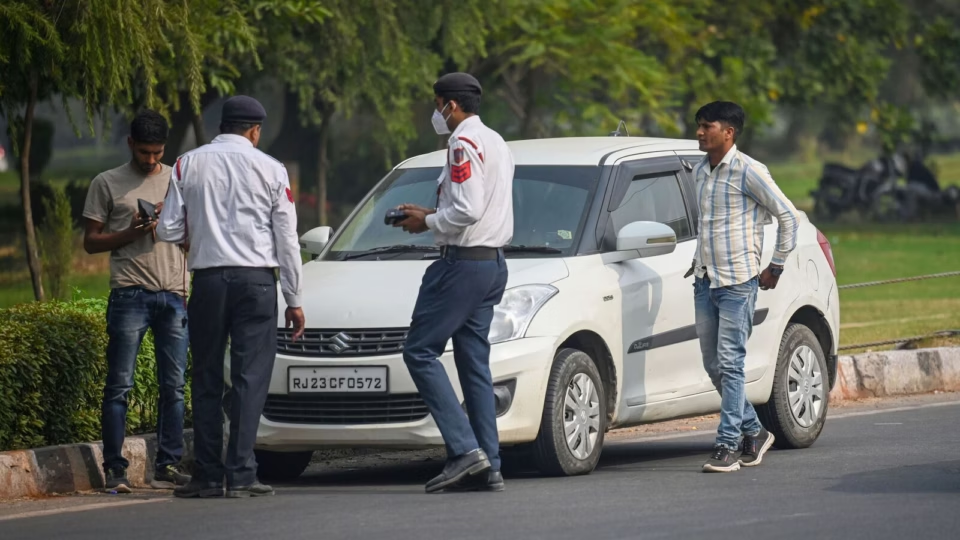
EPFO Extends UAN Activation Deadline: Steps to Activate, Due Date & Key Details
By introducing the Universal Account Number (UAN), the Employees Provident Fund Organisation (EPFO) has once more delayed the deadline for linking bank accounts with Aadhaar. For anyone looking to take advantage of the Employment-Linked Incentives (ELI) program, the new deadline is March 15, 2025.
The pension fund system allowed many extensions to ensure seamless compliance, whereas the earlier date was February 15, 2025.
Why Is It Important To Link UAN With Aadhaar?
Employees must link their Aadhaar with their bank accounts and activate their UAN to get rewards under EPFO’s ELI scheme. Accurate incentive delivery and seamless transactions are guaranteed by this procedure.
How to Activate UAN?
- Sign in to the EPFO Member Portal.
- The ‘Activate UAN’ option should be selected.
- You must now provide your name, date of birth, cellphone number, Aadhaar number, and UAN.
- Enter the captcha code.
- Click ‘Get OTP’ now.
- Enter the one-time password that was provided to your mobile device.
- Verify the OTP now and turn on UAN.
Understanding the ELI program
The objective of the Union Budget 2024–25’s Employment-Linked Incentives (ELI) program is to promote employment creation throughout India. To increase employment prospects nationwide, the government has set a goal of producing 20 million jobs in two years.
Employees must activate their UAN and link their Aadhaar with their bank accounts by EPFO’s requirements to get cash rewards under this plan.
Step-By-Step Guide For Seeding KYC Details With UAN
- You must use the members portal to access your EPF account.
- Next, choose the “KYC” option from the “Manage” part of the “Home Page.”
- You must now choose whatever data (such as your PAN, bank account, Aadhaar, etc.) you wish to link.
- After completing the necessary fields, click “Save”.
- The status “Pending KYC approval” will be shown for your request.
- The status will change to “Digital Approved by Employer” once you have received your employer’s permission.
- After UIDAI verification, it will indicate “Verified by UIDAI”.



